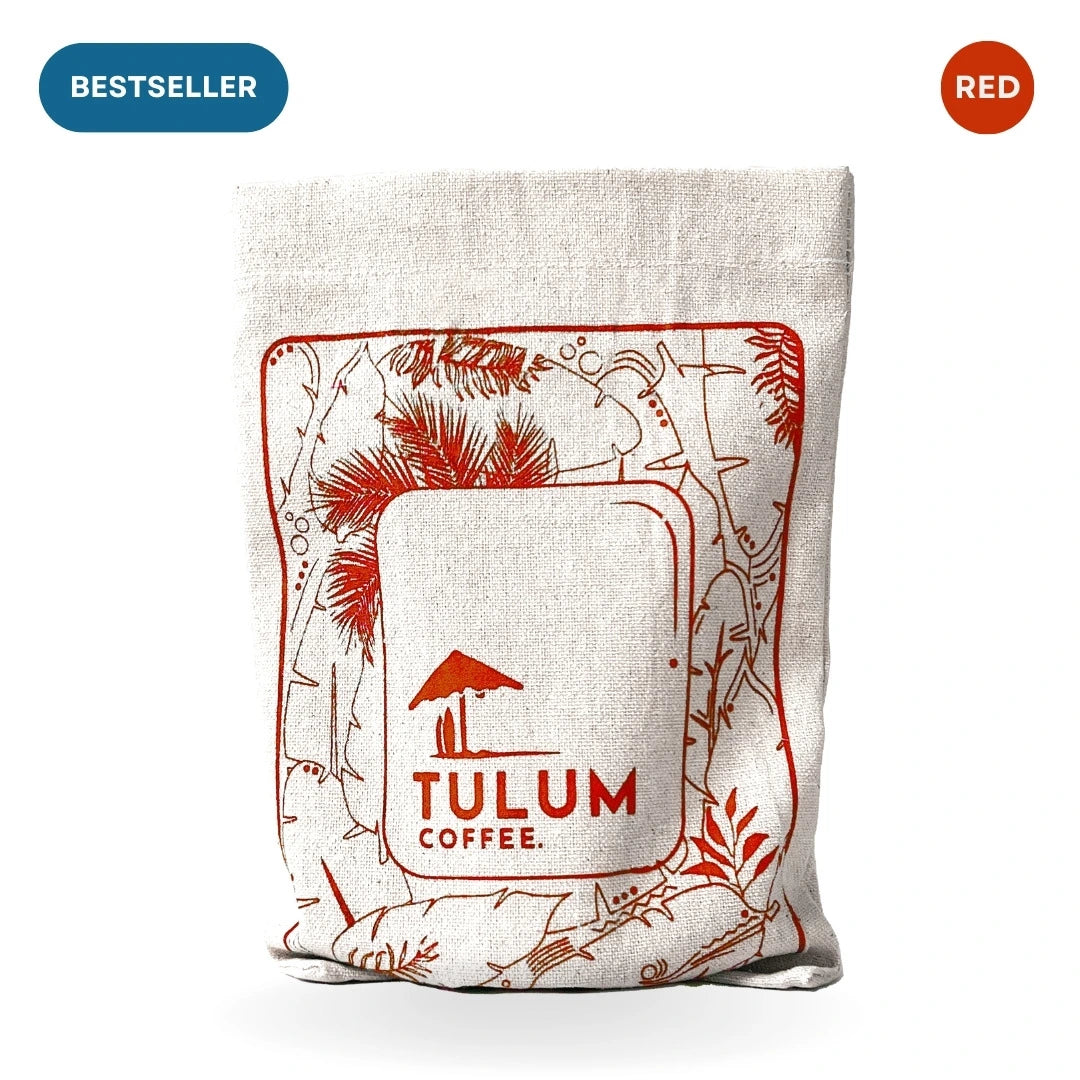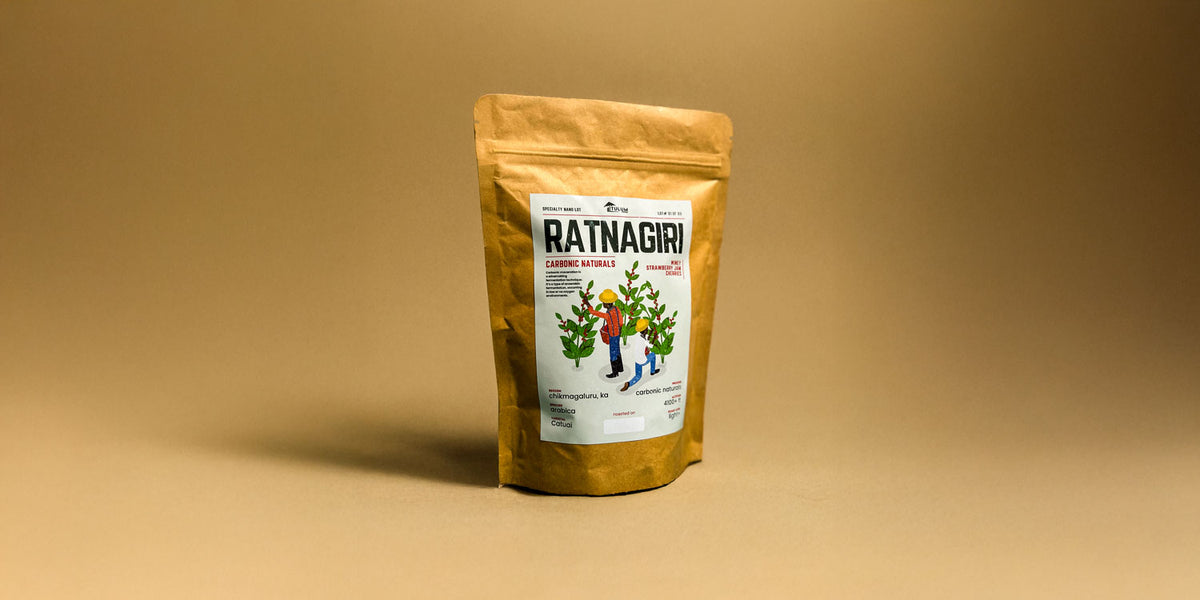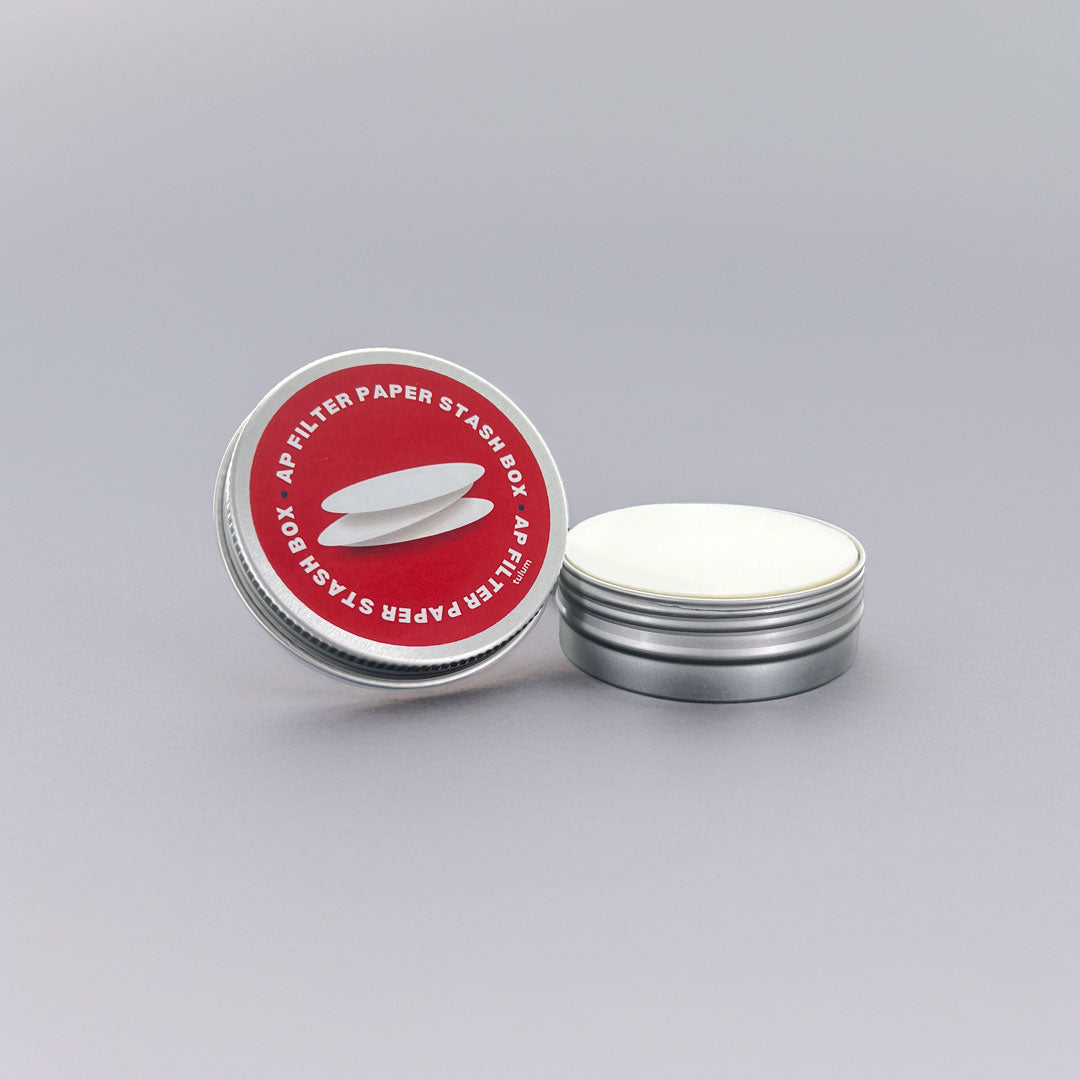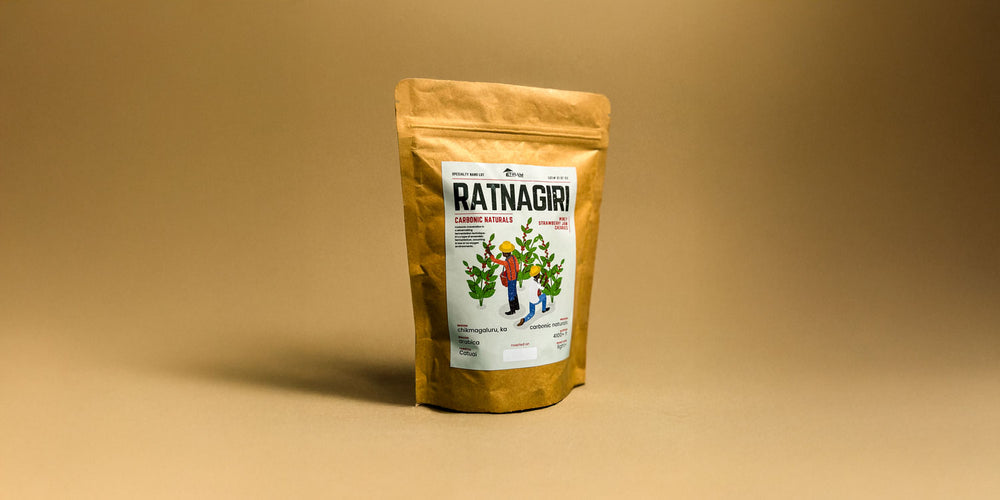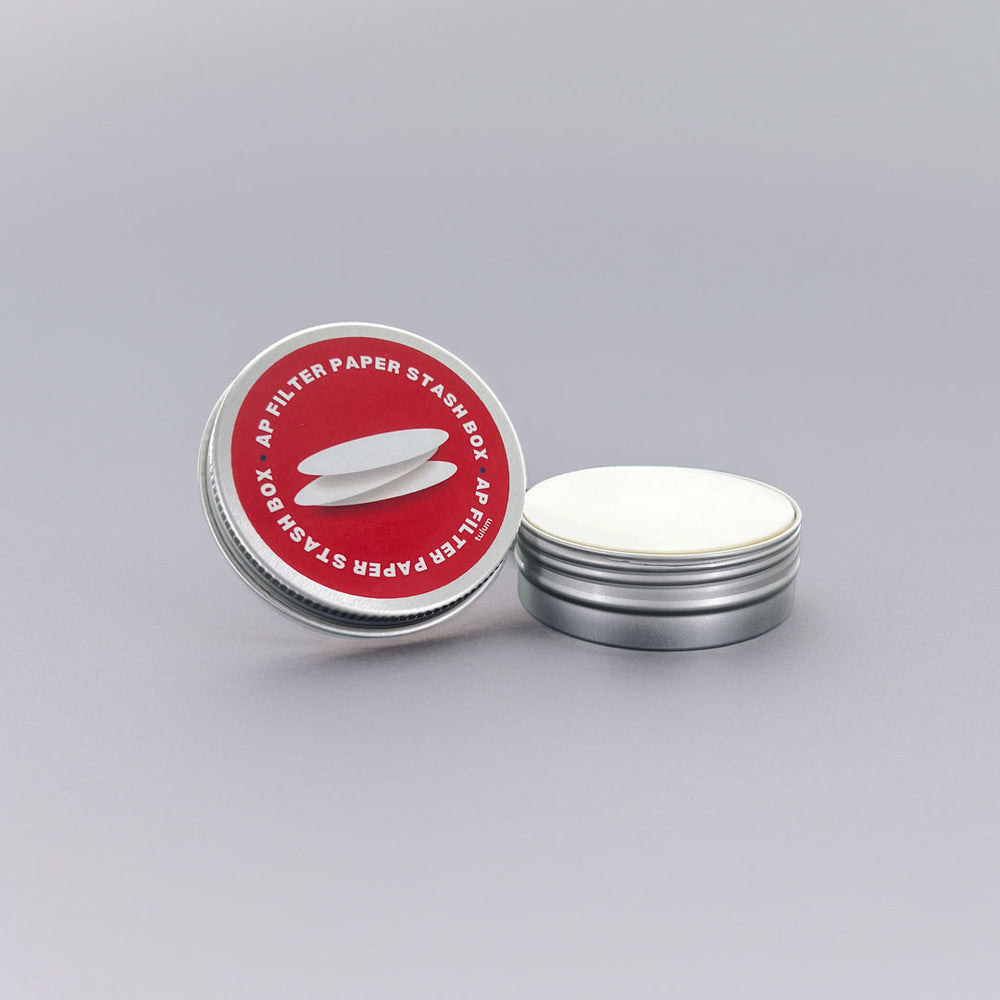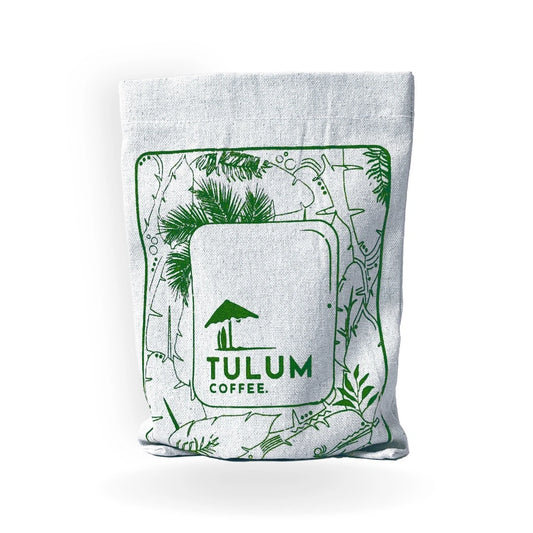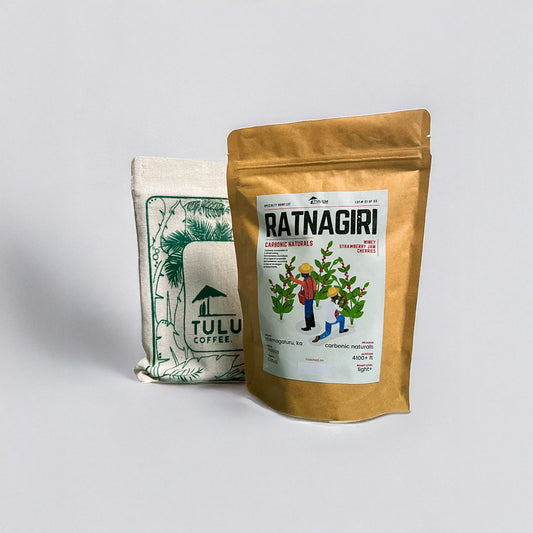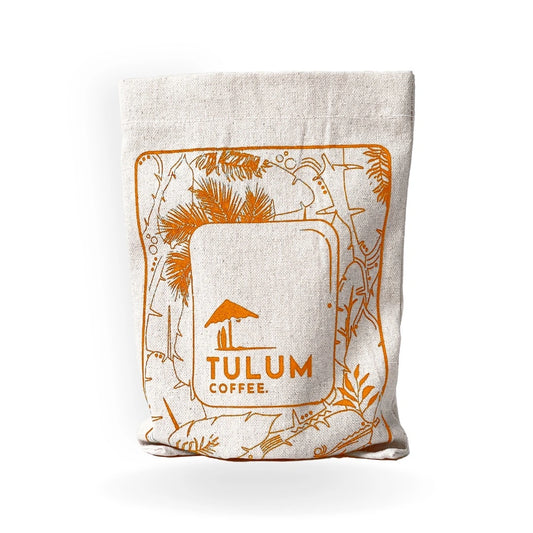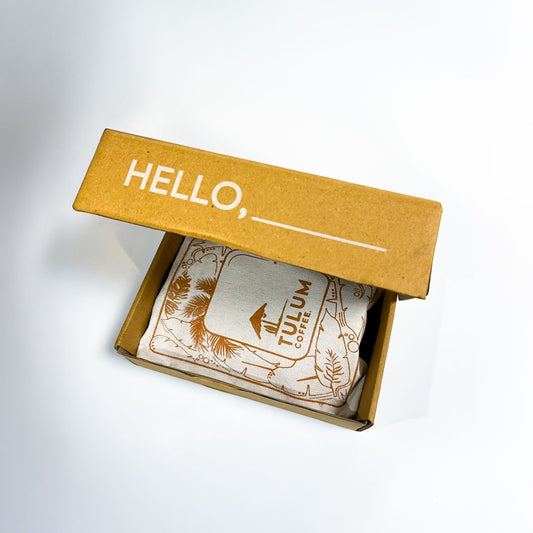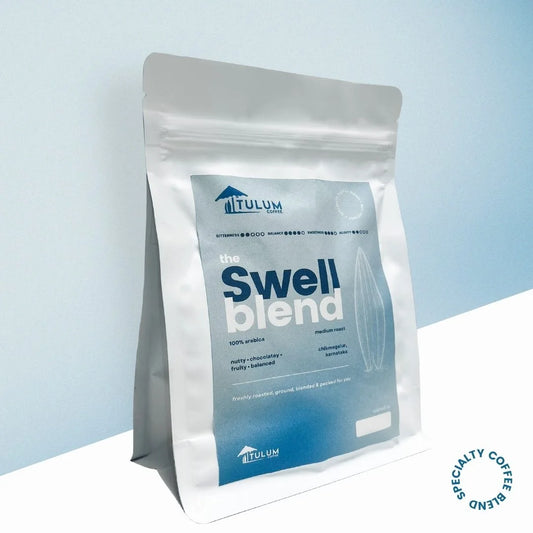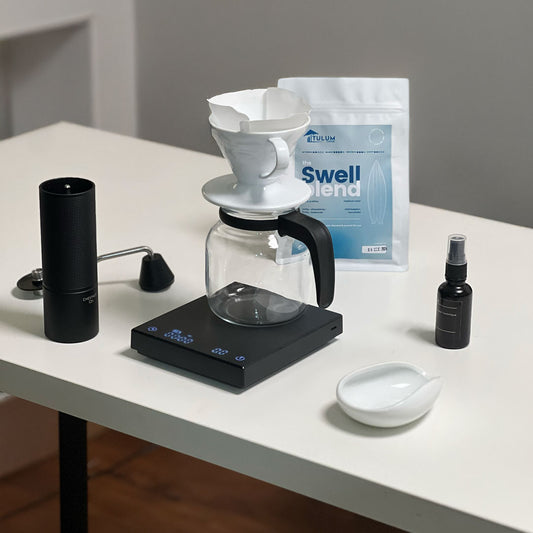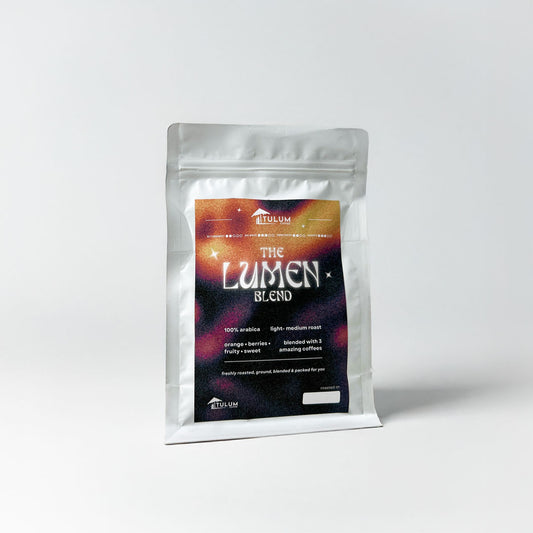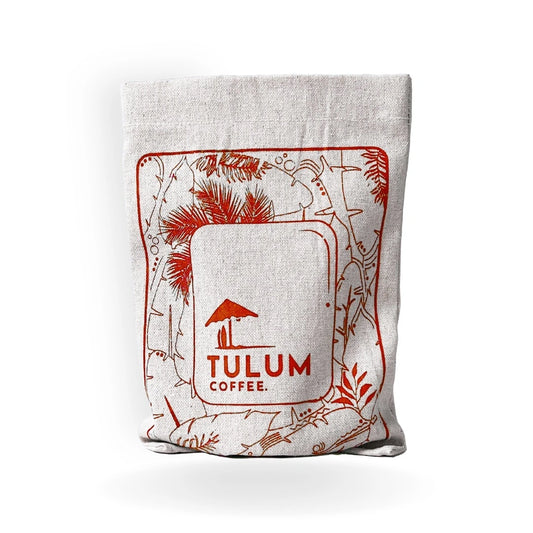Vietnamese Coffee: Tradition, Innovation, and Taste
Share
Vietnamese coffee is more than just a beverage; it is a cultural experience deeply embedded in the daily life and social fabric of Vietnam. From bustling city streets to rural villages, the aroma of freshly brewed coffee permeates the air, inviting locals and visitors alike to indulge in this beloved tradition. Known for its robust flavour and unique brewing methods, Vietnamese coffee offers a delightful journey through history, culture, and the senses.
Vietnam is one of the world's largest coffee producers, second only to Brazil. The country's coffee industry began during the French colonial period in the late 19th century, when the French introduced coffee plantations in the fertile Central Highlands. Since then, Vietnam has developed a distinctive coffee culture, characterised by its preference for strong, dark brews and creative concoctions.
One of the most iconic Vietnamese coffee preparations is the Cà Phê Sữa Đá, or iced coffee with sweetened condensed milk. This refreshing drink combines the intense flavours of dark roasted coffee with the creamy sweetness of condensed milk, served over ice. Another popular variant is Cà Phê Trứng, or egg coffee, which includes a rich, frothy layer of whipped egg yolk and sugar, creating a custard-like experience in a cup.
Whether you are a seasoned coffee enthusiast or a curious newcomer, exploring Vietnamese coffee offers a unique opportunity to savour a rich tradition that transcends the simple act of drinking coffee. It is an invitation to connect with a culture that values both the strength and sweetness of life, one cup at a time.
Vietnamese coffee is a unique and flavourful experience, best enjoyed slowly. Using a phin filter, you can make an authentic Vietnamese coffee right at home. Here’s a traditional recipe for both iced Vietnamese coffee (Cà Phê Sữa Đá) and Vietnamese egg coffee (Cà Phê Trứng).
What You'll Need
- Vietnamese phin filter
- Coarsely ground Vietnamese coffee (Robusta or a dark roast)
- Sweetened condensed milk
- Ice cubes
- Hot water
- A glass or cup
Iced Vietnamese Coffee (Cà Phê Sữa Đá)

Ingredients
- 2 tablespoons of Vietnamese coffee grounds
- 2 tablespoons of sweetened condensed milk
- Ice cubes
- Hot water
Instructions
Prepare the phin filter:
- Place the phin filter on top of a glass or cup.
- Add 2 tablespoons of coarsely ground Vietnamese coffee to the filter.
- Pour 2 tablespoons of sweetened condensed milk into the glass.
- Pour a small amount of hot water (just enough to cover the coffee grounds) into the filter. Let it bloom for about 30 seconds.
- Fill the filter with hot water and cover it with the lid. The coffee will slowly drip into the glass, which takes about 4-5 minutes.
Stir and mix:
- Once all the coffee has dripped through, stir the coffee and condensed milk mixture well.
Serve over ice:
- Fill a separate glass with ice cubes.
- Pour the coffee mixture over the ice. Stir gently and enjoy your refreshing iced Vietnamese coffee.
Vietnamese Egg Coffee (Cà Phê Trứng)

For a richer treat, you can make Vietnamese egg coffee. This is a creamy, sweet coffee that originated in Hanoi and is perfect for cooler parts of the day.
Ingredients
- 2 tablespoons of Vietnamese coffee grounds
- 1 egg yolk
- 2 tablespoons of sweetened condensed milk
- 1 tablespoon of sugar
- Hot water
Instructions
Brew the coffee:
- Follow the same brewing method as above using the phin filter.
Prepare the egg mixture:
- While the coffee is brewing, whisk together 1 egg yolk, 2 tablespoons of sweetened condensed milk, and 1 tablespoon of sugar in a bowl. Whisk until the mixture becomes frothy and smooth.
- Once the coffee has finished brewing, gently pour the frothy egg mixture on top of the hot coffee.
- Serve immediately and enjoy the rich, creamy flavors of the egg coffee.
You can also try Vietnamese Coffee with Espresso which has an amazing taste .
Ingredients:
- 18 grams Barbara Coffee
- 20 grams sweetened condensed milk
- Ice cubes
- Milk (amount as per preference)
Equipment:
- Espresso machine
- Digital kitchen scale
- Coffee grinder (if using whole beans)
- Spoon for stirring
- Glass or cup for serving
Instructions:
Prepare the Espresso Shot:
- Measure 18 grams of Barbara Coffee using a digital kitchen scale. For the best flavour, grind the coffee beans fresh to a fine consistency suitable for espresso.
- Load the ground coffee into the portafilter of your espresso machine. Tamp the coffee evenly and firmly.
- Insert the portafilter into the espresso machine and extract the espresso shot. Aim for an extraction time of 25-30 seconds to ensure optimal flavour.
- Once the shot is extracted, pour it into a glass.
- Measure 20 grams of sweetened condensed milk using the digital kitchen scale.
- Add the sweetened condensed milk to the glass containing the espresso shot.
- Stir the mixture thoroughly until the condensed milk is completely dissolved and well blended with the espresso.
- Fill the glass with ice cubes. The amount of ice can be adjusted based on your preference for how cold and diluted you want the coffee.
- Pour milk into the glass over the ice and coffee mixture. The quantity of milk can vary depending on your taste. Start with about 1/2 to 1 cup and adjust to your liking.
- Stir the mixture well to combine all the ingredients evenly.
- Your Iced Vietnamese Coffee with Espresso Shot is now ready to enjoy. Serve immediately and savor the rich, sweet, and creamy coffee drink.
Tips:
- For a more intense coffee flavour, consider using a dark roast coffee bean.
- Adjust the sweetness by varying the amount of sweetened condensed milk.
- Experiment with different types of milk such as whole milk, almond milk, or oat milk for a unique twist.
The Fascinating History and Origin Story of Vietnamese Coffee
Vietnamese coffee, with its unique flavors and distinctive preparation methods, stands as a testament to the country’s rich agricultural heritage and cultural resilience. Its journey from colonial introduction to becoming a global coffee powerhouse is a story filled with innovation, tradition, and economic transformation. Let’s delve into the detailed history and origin story of Vietnamese coffee.
The Colonial Introduction of Coffee to Vietnam
The story of Vietnamese coffee begins in the mid-19th century, during the French colonial period. The French, who had a deep-rooted coffee culture, introduced coffee to Vietnam in 1857. The initial plantings of Arabica coffee took place in the northern regions around Hanoi. However, it was not until the early 20th century that coffee cultivation began to expand significantly.
The French established several coffee plantations in the fertile Central Highlands, particularly around Buon Ma Thuot. These highlands, with their rich volcanic soil and favorable climate, proved to be an ideal environment for coffee cultivation. The introduction of coffee was part of the broader colonial agricultural strategy, which aimed at integrating Vietnam into the global economy through the export of cash crops.
The Rise of Robusta: The Vietnamese Coffee Staple
While Arabica coffee was initially planted, it was the robust and resilient Robusta variety that eventually dominated Vietnamese coffee cultivation. The Robusta coffee plant is well-suited to Vietnam’s hot and humid climate, particularly in the Central Highlands. By the 1920s, large-scale Robusta plantations were flourishing, and Vietnam began to emerge as a significant coffee producer.
Robusta coffee is known for its strong, bold flavor and higher caffeine content compared to Arabica. This distinct taste has become a hallmark of Vietnamese coffee, contributing to its unique profile in the global coffee market.
The Impact of War: Challenges and Recovery
The Vietnam War (1955-1975) brought significant devastation to the country, and the coffee industry was not spared. Many coffee plantations were abandoned or destroyed during the conflict. However, the resilience of the Vietnamese people played a crucial role in the post-war recovery of the coffee sector.
Following the war, the Vietnamese government implemented land reforms and provided support to smallholder farmers. These measures were instrumental in revitalizing coffee cultivation. The government’s focus on rebuilding the agricultural sector included efforts to restore and expand coffee production, which laid the groundwork for future growth.
Economic Reforms and the Coffee Boom
A transformative period for Vietnamese coffee came in the 1980s with the implementation of the Đổi Mới (Renovation) economic reforms. These reforms marked a shift from a centrally planned economy to a more market-oriented one, encouraging private enterprise and foreign investment. The coffee industry, in particular, benefited immensely from these changes.
The Đổi Mới reforms led to significant increases in coffee production. By the late 1990s, Vietnam had become the world’s second-largest coffee exporter, a position it continues to hold today. The country’s focus on Robusta coffee, which is easier and cheaper to grow than Arabica, has played a key role in this achievement. Vietnam now produces about 40% of the world’s Robusta supply.
Our Best Coffee to Make Vietnamese :
- BAARBARA HSD - This Coffee is single- origin and roasted medium-dark, featuring delightful flavour notes of Hazelnut. The rich and nuanced taste will surely amaze you. Enjoy a unique and exceptional coffee experience!
-
PULNEYS 100% Organic Coffee - Pulneys 100% organic dark and fruity coffee is sure to entice your taste buds and surprise you in the best way possible. With its dark roast and fruity notes, this coffee is unlike anything you've ever tasted before. The richness of this coffee pairs exceptionally well with the creaminess of milk, creating a delicious and comforting beverage. Made from 100% Arabica beans, Pulneys offers a premium coffee experience.

Please drop by our chembur cafe bar, to try our bestseller Vietnamese Coffee,
"Tulum Coffee offers a taste of freshly roasted specialty coffees in Chembur. We source, roast, and brew high-quality coffee beans from Indian farms, ensuring a fresh and flavourful cup every time. Drop by for our hot and cold coffee drinks. Must Try - Vietnamese, Iced Latte, Americano, Cappuccino. Tulum Coffee chembur is your nearby outdoor coffee bar. Limited seatings available."
"Click here for directions to Tulum Coffee Chembur."
You can also order on Zomato & Get great deals
